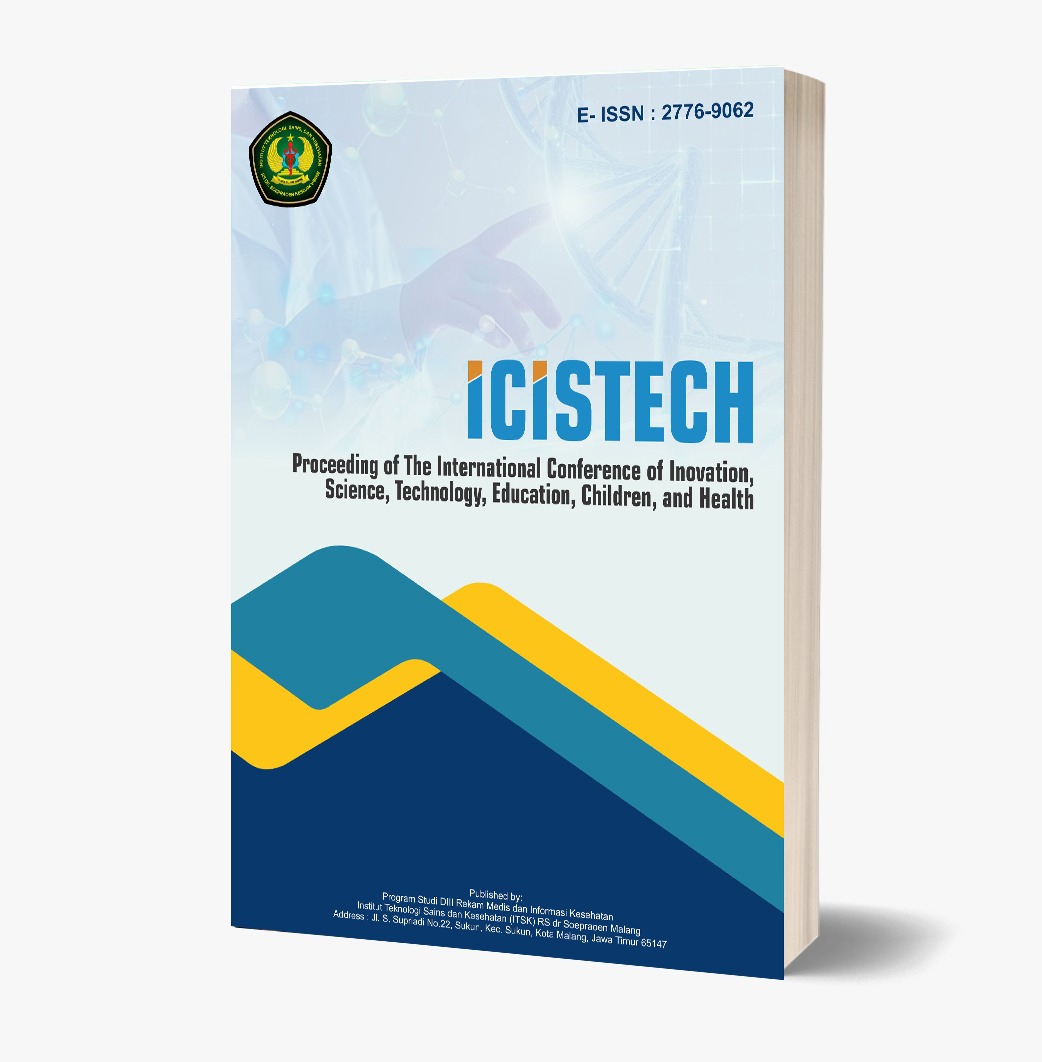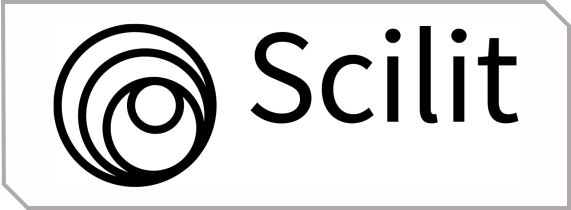An Analysis of Speech Error made by Character Dory in “Finding Dory” Movie
DOI:
https://doi.org/10.62951/icistech.v5i1.271Keywords:
Short-term memory loss, Finding Dory, Speech error, PsycholinguisticsAbstract
The purpose of this study is to analyze the types and factors of speech errors that uttered by character Dory in “Finding Dory” movie. This study used descriptive qualitative approach. The source of the data is “Finding Dory” movie. Furthermore, the data was collected through watched and transcribed the utterances of Dory that indicate the speech errors. In total there are 90 data of speech errors that identified and classified based on Clark & Clark’s (1977) theory into eight types. Those are predominantly categorized as repeats with total 30 data, followed by silent pauses with 25 data, filled pause with 12 data, interjection with 9 data, unretraced false starts 5 data, retraced false starts 4 data, stutters 3 data, and correction with 2 data. The speech error in Dory’s utterances is mostly influenced by her cognitive cognition.
References
Annisa, R. (2021). A psycholinguistic analysis on speech errors made by Kamala Harris at the debate of the candidates for Vice President of America (Doctoral dissertation, Universitas Sumatera Utara).
Clark, H. H., & Clark, E. V. (1977). Psychology and language. Harcourt Brace Jovanovich.
Creswell, J. W. (2014). Research design: Qualitative, quantitative, and mixed methods approaches. SAGE Publications.
Harley, T. (2006). Speech error: Psycholinguistic approach. In The Encyclopaedia of Language and Linguistics (Vol. 11, pp. 739–744). Elsevier.
Huberman, A. M. (2014). Qualitative data analysis: A methods sourcebook. SAGE Publications.
Jodai, H. (2011). An introduction to psycholinguistics. Online Submission.
Leong, L. M., & Ahmadi, S. M. (2017). An analysis of factors influencing learners’ English speaking skill. International Journal of Research in English Education, 2(1), 34–41.
Lu, Z. (2023). How do films reflect our societies today? An analysis of films and film genres. Communication Society and Media, 6(4), 69–78.
Mertosono, S. R., & Erniwati, E. (2023). Error analysis: Types and causes of EFL learners’ errors in writing analytical exposition text. Eralingua: Jurnal Pendidikan Bahasa Asing dan Sastra, 7(1), 64–75.
Nassaji, H. (2015). Qualitative and descriptive research: Data type versus data analysis. Language Teaching Research, 19(2), 129–132.
Pamuji, W. (2010). A psycholinguistic analysis of speech errors produced by main characters in Finding Nemo movie (Doctoral dissertation, Universitas Muhammadiyah Surakarta).
Pratiwi, N. U., Faradiba, S., & Tahir, M. (2023). An analysis of speech error on the TEDx Talks YouTube channel. Journal of Technology in Language Pedagogy (JTechLP), 1(2), 134–141.
Purba, N. (2018). The role of psycholinguistics in language learning and teaching. TELL Journal, 6(1), 47–54.
Rabbanyyah, A. F., Zamruddin, M. P., & Setyowati, R. (2023). Speech errors analysis produced by autistic character in What’s Eating Gilbert Grape? film. Ilmu Budaya: Jurnal Bahasa, Sastra, Seni, dan Budaya, 7(4), 1385–1398.
Sari, A. N. P., Talib, A., & Faradiba, S. (2023). An analysis of speech error made by students at SMA Negeri 8 Makassar. Journal of Excellence in English Language Education, 3(2), 267–274.
Utami, R. S., & Fauziati, E. (2023). Speech error in CNN Breaking News (Doctoral dissertation, Universitas Muhammadiyah Surakarta).
Wati, R., Fitriani, S., & Al Rosyidah, A. (2025). An analysis of illocutionary act in Frozen II movie. Kajian Linguistik dan Sastra, 4(1), 23–32.
Downloads
Published
How to Cite
Issue
Section
License
Copyright (c) 2025 Proceeding of The International Conference of Inovation, Science, Technology, Education, Children, and Health

This work is licensed under a Creative Commons Attribution-ShareAlike 4.0 International License.













